- Empty cart.
- Continue Shopping
Mohitnagar Arecanut
Original price was: ₹180.00.₹120.00Current price is: ₹120.00.
Genus : Areca
“Indulge in the exquisite and nutty flavors of Mohitnagar Arecanut with our plant. This unique variety will add a special touch to your culinary experiences. Grow it at home and savor its delightful taste.”
This Mohitnagar variety is one of the high yielding varieties of arecanut and it is mostly cultivated in West Bengal but it can be grown in all areas where coconut & areca are grown. About 1.5-2 years after planting, the plant begins to bear fruit after reaching a height of 2 meters.
The arecanut plant is a slender, single-stemmed palm that can grow up to 20 meters in height. The leaves are about 1.5 to 2 meters long, with a feathery appearance, and the plant produces flowers in large clusters that are yellow to orange in color.
The fruit of the arecanut plant is a betel nut, which is technically a seed. The betel nut is a small, hard, oval-shaped fruit that is about 3 to 4 centimeters in diameter. The fruit is covered by a fibrous, brownish outer shell that is removed to reveal the white, crunchy inner seed. The seed has a bitter taste and is often used as a mild stimulant in traditional medicine and as a cultural practice in some parts of Asia.
Arecanut plants are grown in a variety of soils, but they prefer well-drained soils with high organic matter content. The plant requires a hot, humid climate with plenty of rainfall throughout the year. In traditional cultivation, the plants are grown in mixed cropping systems, which include shade trees like coconut, mango, and jackfruit.
Arecanut has a range of uses, including medicinal, cultural, and industrial. The betel nut seed is widely used as a mild stimulant and has been shown to have antiparasitic, antibacterial, and anti-inflammatory properties. In some cultures, the seed is chewed with other ingredients like betel leaves and tobacco as a cultural practice. In the industrial sector, the seed is used to produce chemicals like arecoline, which is used in medicine and as an insecticide. The leaves of the plant are also used for thatching and weaving, and the trunk is used for construction and furniture-making.


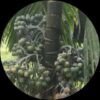
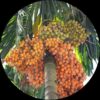
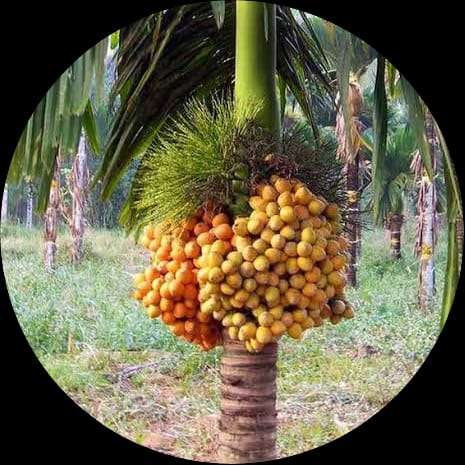
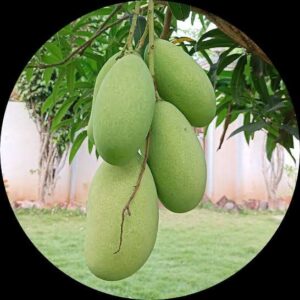
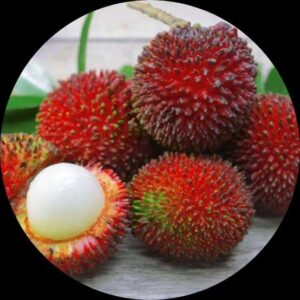
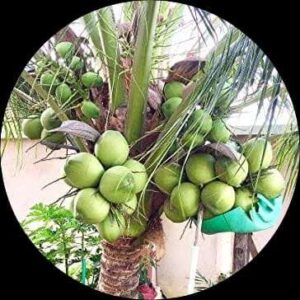
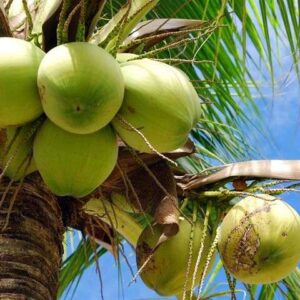
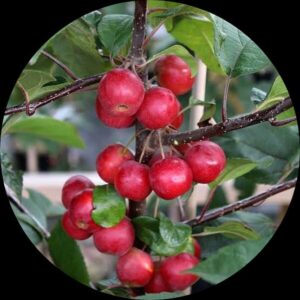
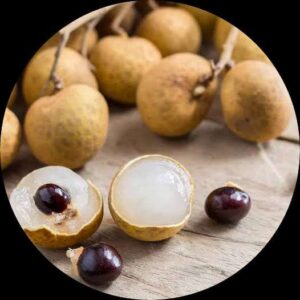
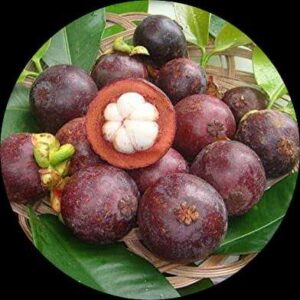
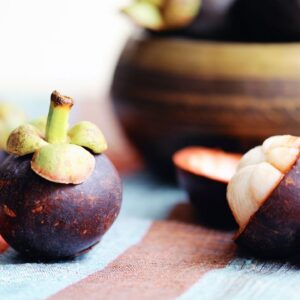
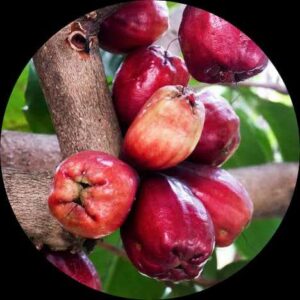

Reviews
There are no reviews yet.